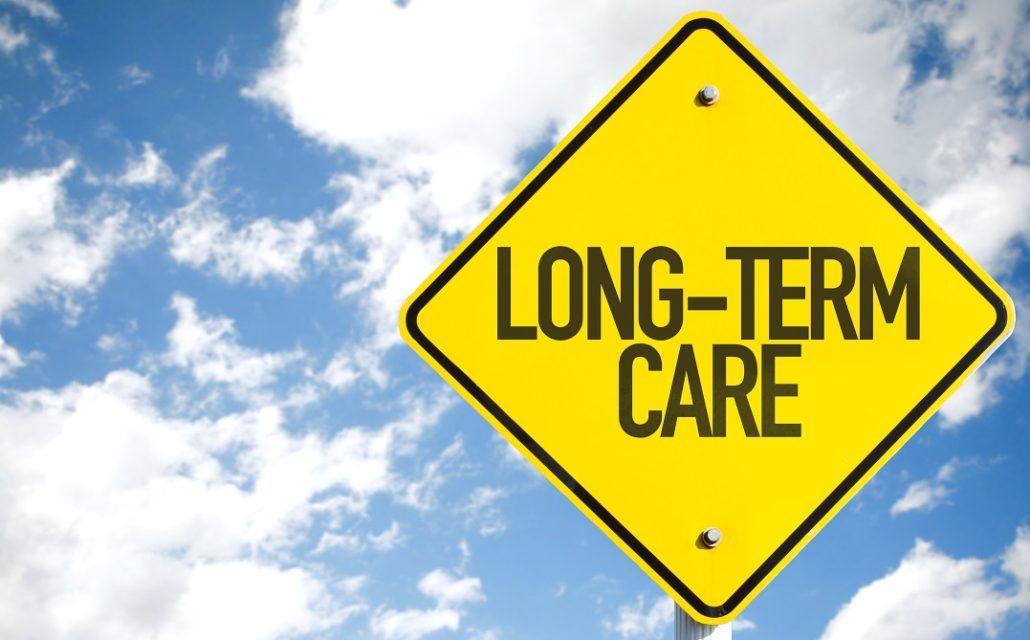Many elected officials and government bureaucrats opine that the United States does not have enough primary care doctors. The argument is that primary care providers can detect disease early. By having a greater number of these providers, patients can receive treatments before their illnesses become severe, which would then potentially require more complex interventions and expense.
The reality is that no one knows how many primary care doctors and nurses the country needs. Likewise, no one knows how many medical specialists are needed. Patients acting independently with the advice of their personal physician, in somewhat of a free market, will seek the care they feel they need – regardless of the supply of providers the government has set.
A recent study by the Primary Care Collaborative found that spending nationally on primary care providers actually decreased from 7.8 percent of overall health care spending in 2017 to 7.69 percent in 2019. (here) This is not a dramatic change, but the point is that during the same time period many states were forcing their state employees and their Medicaid patients to see a primary care provider before seeing a specialist.
According to the PCC study, spending on primary care in Washington state, for example, rose 2.3 percent from 2017 to 2019. Washington is one of the states that urges Medicaid patients, state employees, and teachers to utilize primary care providers before seeing specialists. Since the government is paying for the health care for these individuals and their families, it makes a certain amount of sense that the government can dictate where and what kind of health care they receive. Of course, as the saying goes, two wrongs don’t make a right.
As the political left advocates for, and the country flirts with a single-payer, government-run health care system, Americans need to understand that the government can then dictate how much and what kind of health care people would receive. Understandably, to control costs, bureaucrats could very easily dictate that the elderly should not receive specialty care, that onerous wait times for care are acceptable, and that not every patient should receive the latest, most innovative medicines and treatments.
Government-controlled health care appears to be so simple and perhaps even logical to some people. Yet the reality is that who ever pays for that care gets to dictate how that health care is apportioned. Just like in every other economic activity, the free market, with patients acting as consumers, is the most just and equitable health care reform solution. (here)






